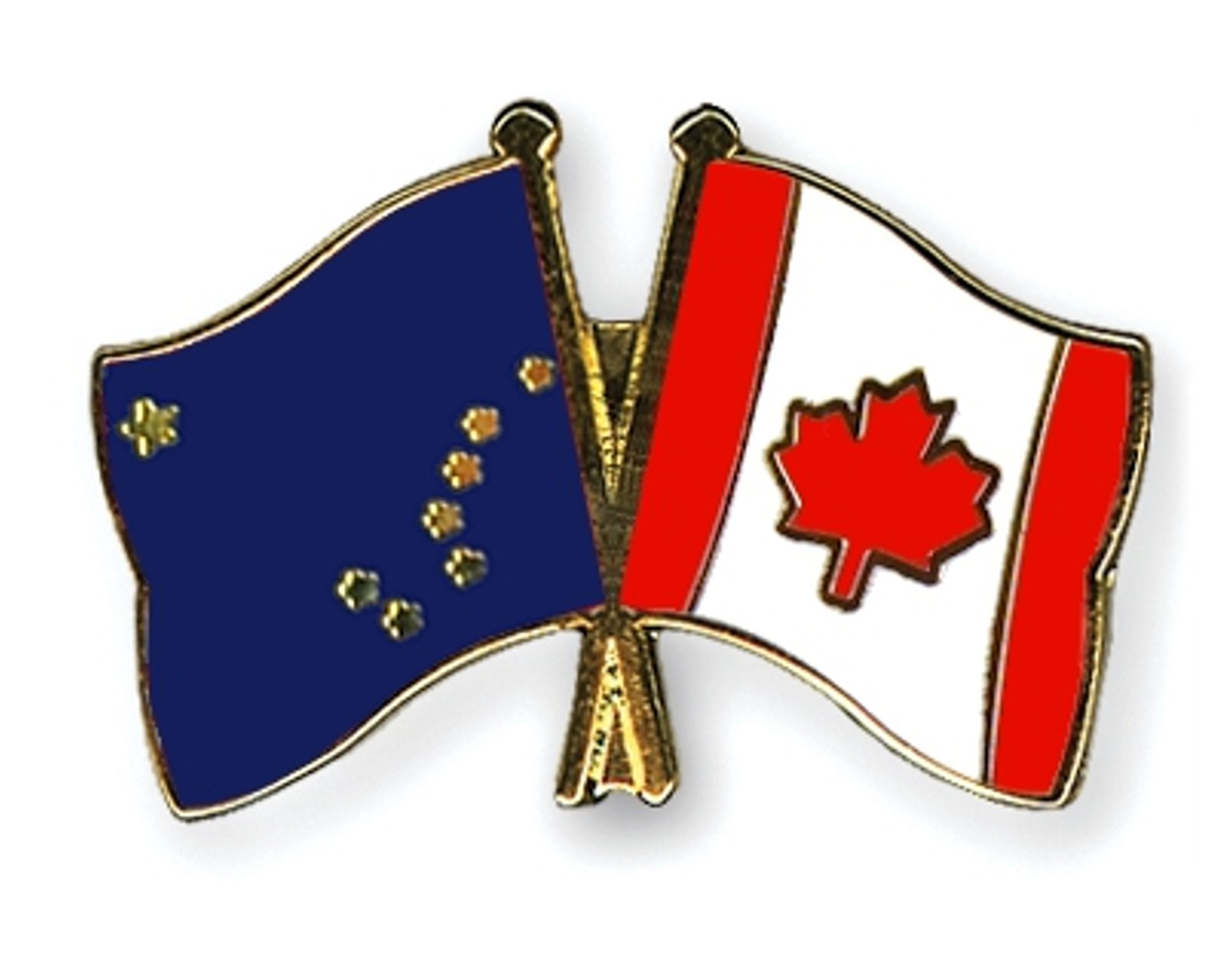Winnipeg (2-6 November 2018)
Басылган: 05.11.2018
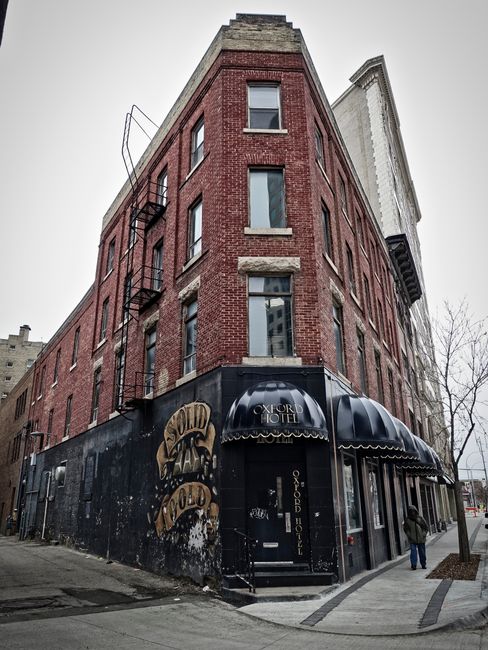
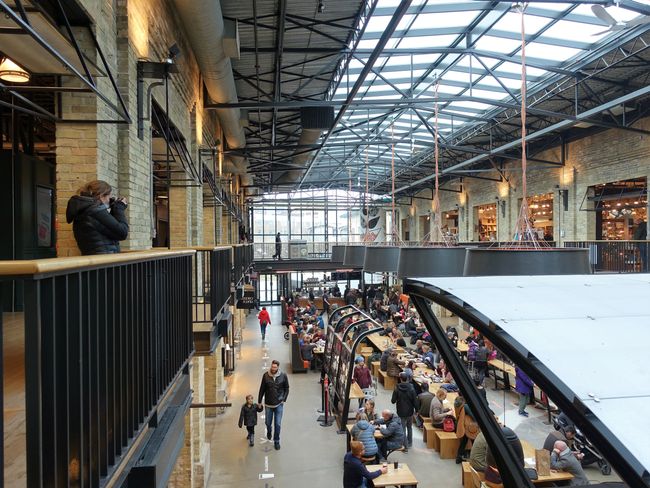
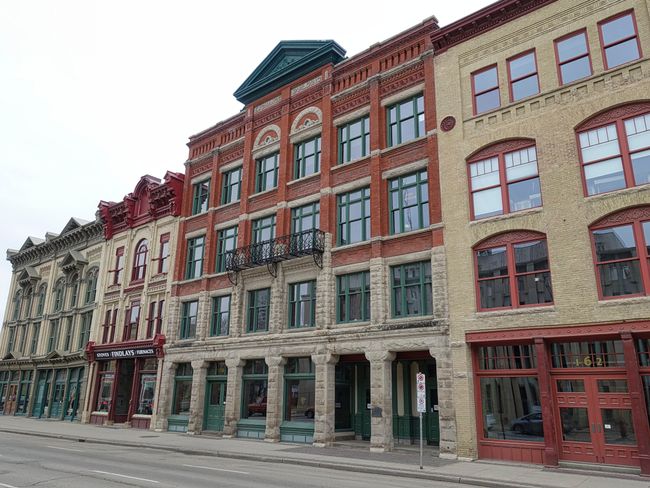
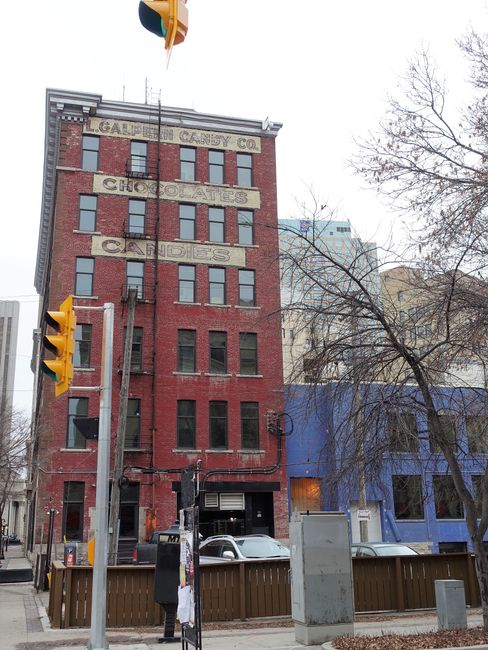
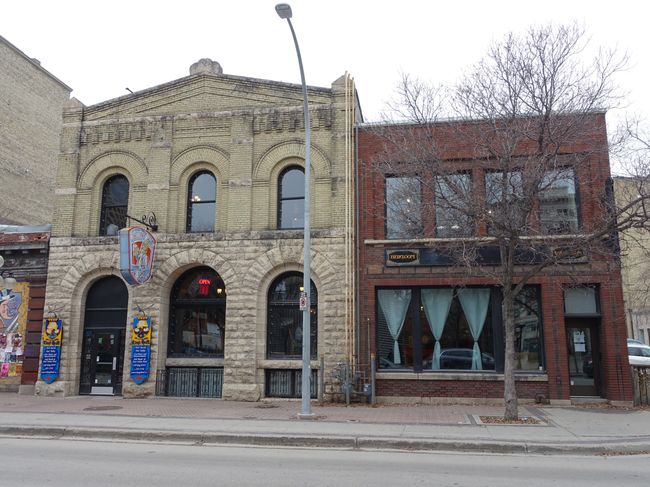
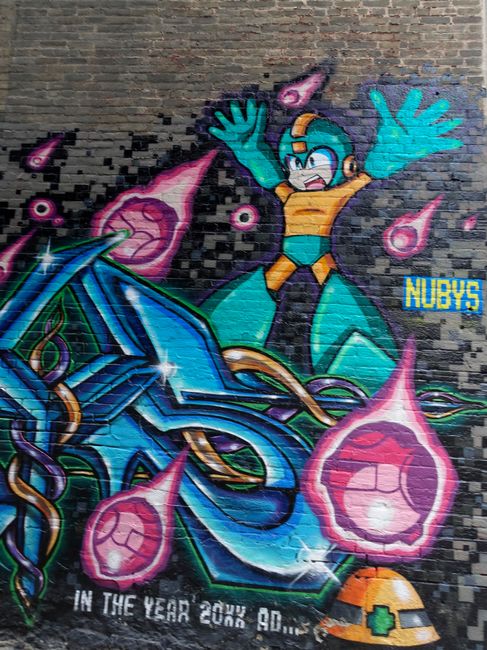
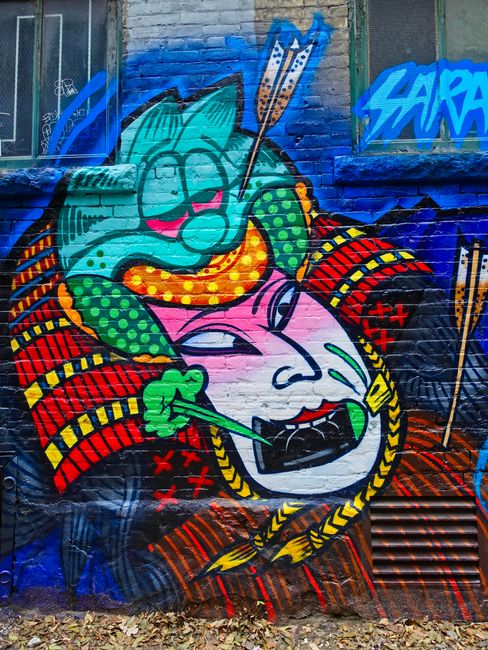
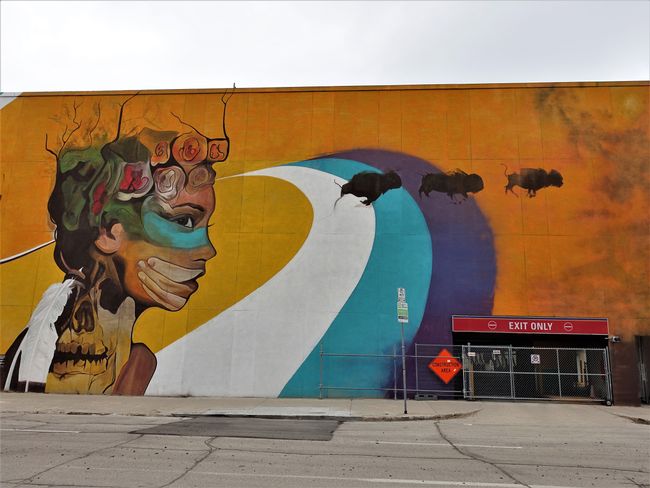
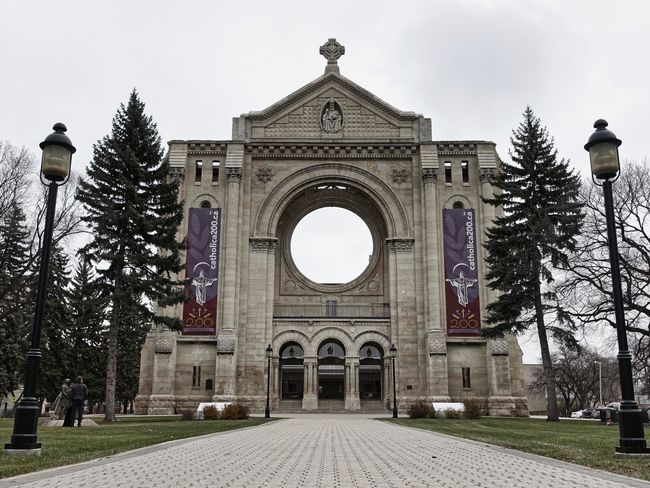
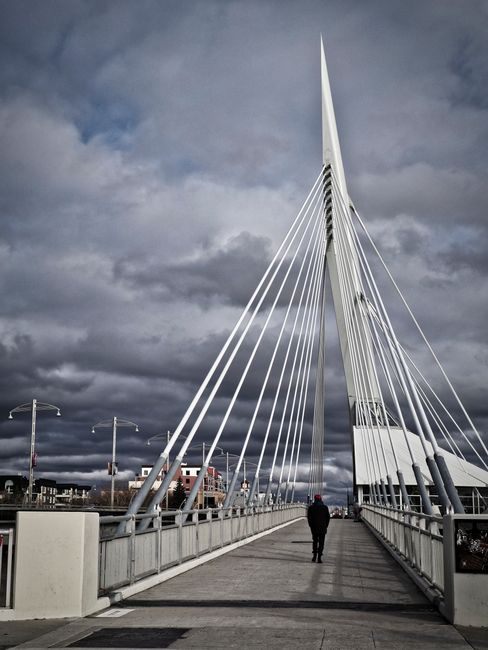
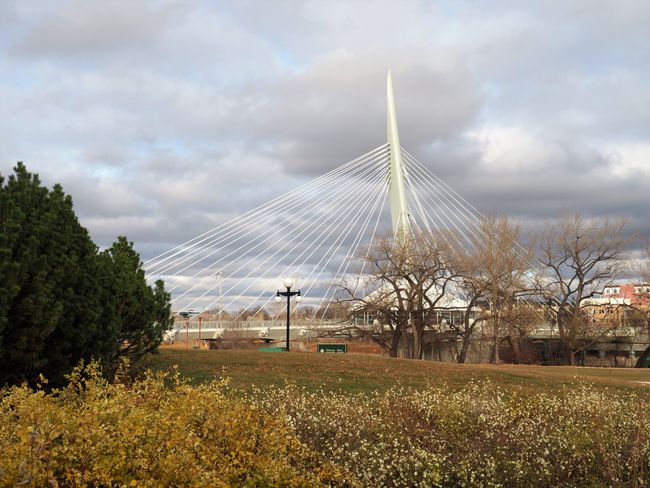
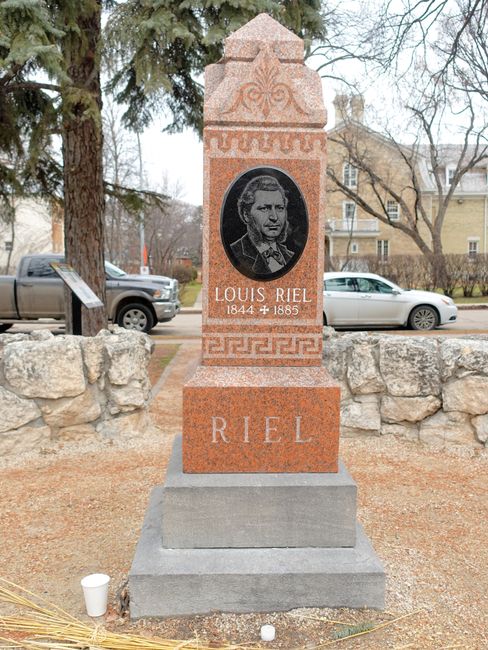
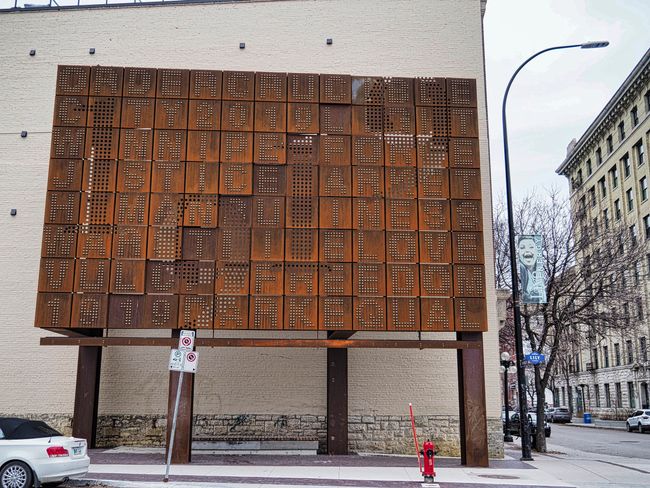
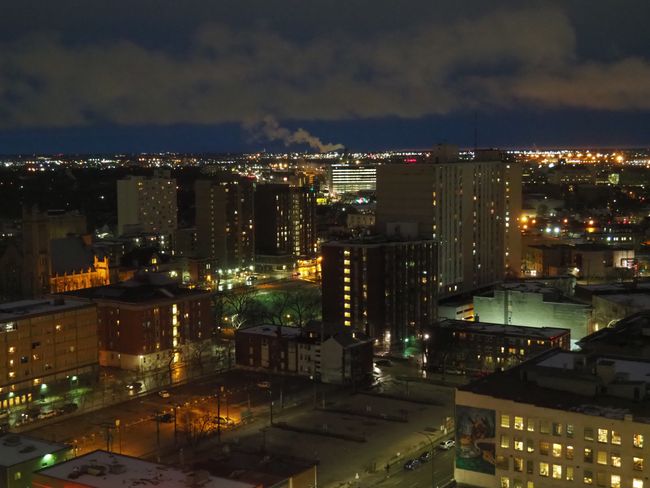
Бюллетеньгә язылу
Where the Red and Assiniboine Rivers converge, about halfway between the Pacific and Atlantic coasts, just 115km north of the US border, lies 'Peg City'.
The name Winnipeg comes from the Cree word 'win-nipi', which means 'muddy water' in English, referring to the murky or muddy water.
Upon arrival at Winnipeg airport, we are surprised by the cold and biting wind. First, we store two large suitcases at the hotel that we will use with Churchill Wild at the beginning of the trip. With 'light baggage,' we then take the bus of Line 15 Downtown, right across from the MTS Centre, the home of the Winnipeg Jets, to check-in to our 'room with a view' on the 18th floor of the Alt Hotel.
We start our first exploration tour at The Forks, the place where the Red and Assiniboine Rivers meet. It has been a trading and meeting place for more than 6,000 years. The former freight yard has developed into a meeting and commercial center called 'The Forks' in recent years.
After enjoying a hearty Eggs Benedict, we walk through the halls at The Forks, past the Canadian Museum for Human Rights and along the Red River to the old Pump House. With a glass of excellent 1919 beer from the local brewery Little Big Jug and an equally delicious salad, we plan the next days in Winnipeg.
One neighborhood in Winnipeg is often referred to as 'Little Chicago.' The approximately 150 perfectly preserved buildings of the Exchange District, built between 1880 and 1920, are a 'National Historic Site.' The district is often called 'Chicago of the north' due to its similarity to the old Chicago and has also been a film set.
The old terracotta high-rises and warehouse buildings line tree-lined streets. Within the old walls, stylish restaurants, art galleries, coffee bars, graphic design companies, architecture offices, and more have made their mark. Trendy studio apartments for wealthier, hip residents of the city are also increasingly being developed. We often come across murals, one of the outdoor art forms cultivated in Winnipeg.
Despite the imposing queue on Sunday morning, breakfast at Clementine is definitely recommendable. The menu offers surprising compositions.
In the St. Boniface district, you can find the grave of Louis Riel, who divided the Canadian soul at the end of the 19th century. Many children of French fur traders and indigenous women lived on the banks of the Red River in the early 19th century, engaging in buffalo hunting and agriculture. Settlers pushed westward from the east in search of more land for larger, industrially operated farms, into the present-day provinces of Manitoba and Saskatchewan. The construction of the Canadian Pacific Railway further intensified this pressure. The simultaneous nearly complete eradication of the prairie buffalo through overhunting put tremendous pressure on the First Nations (mainly Cree and Assiniboine tribes) as well as the mixed-race population on the Red River (known as Métis). Louis Riel led the 'Red River Rebellion' against the Canadian government. The rebellion ultimately ended without bloodshed, but Riel was sentenced to death in a farcical trial. He was a folk hero for the francophone Canadians, and the then Anglo-Canadian Prime Minister Macdonald reportedly said the following about his execution: 'He shall hang though every dog in Quebec bark in his favor.'
Not long thereafter, in early summer 1919, the Winnipeg General Strike took place. Once again, external pressure led to a catastrophe. Very high unemployment rates coupled with high inflation brought great hardship to broad sections of the population. The efforts to spread the rule of the proletariat that had been established during the Russian Revolution of 1917 to other countries (including Switzerland) led to the emergence of labor unions and revolutionary groups. The explosive cocktail that resulted in the general strike on May 15, 1919, after the breakdown of negotiations for better wages and working conditions in the construction and metal industry. Within hours, over 30,000 workers left their jobs. Retail employees as well as those in the public sector (railways, police, fire department, post office, telephone company, waterworks) followed almost unanimously, an impressive display of solidarity.
The citizens' committee of the 1,000, primarily consisting of influential industrialists, bankers, and politicians, did not take the demands of the strikers seriously at all. Instead, with the active support of the local press, they turned the strike into a conspiratorial attempt at overthrow instigated by foreign scum (Bolsheviks and European workers). Fearing that the strike could spread to other cities, the Canadian government intervened. On June 17, 10 strike leaders of the central strike committee and two propaganda officials of the newly formed One Big Union were arrested. Four days later, on 'Bloody Saturday,' an intervention by the Royal North-West Mounted Police against the strikers resulted in 30 injured and one dead. The military occupied the streets of Winnipeg. On June 25, the strikers returned to their jobs. A large monument still commemorates this bloody clash today. Besides the bloodshed, there are also curious stories. Ian Fleming was inspired by Sir William Stephenson, the famous spymaster (who, as research has shown, gave himself the title) born and raised in Winnipeg, for the character of James Bond. In the evening, just before we bundle up for dinner, the fire alarm goes off. After the initial shock, we pack what is within reach and seems important into our small backpack and go down the stairs 18 floors to the lobby. The fire department arrives with a bang and determines that it was a false alarm. Apparently, someone in a hallway triggered the alarm. So we can calmly head to the selected restaurant. Actually, it was a good experience, and from now on, we will always keep the laptop and data backup within reach to prevent any loss.
After visiting the impressive and interesting Manitoba Museum, we head to the outer neighborhoods for some final shopping to cope with the expected extreme cold in Churchill. It is bitterly cold, and the wind blows snowflakes through the streets. Since it is almost impossible for ordinary people to buy buildings in the city center and the rents are prohibitively expensive, many businesses have to operate in the outer neighborhoods. Since most residents are already driving around by car, this is not a problem. With warm hats on our heads, a balaclava and a neck warmer in our pockets, we make our way to the airport where we meet the other members of the travel group. Winnipeg is hardly a primary travel destination; many will likely visit the city during transit, just like us. However, the city has its charms. The mix of old and new buildings, the trees, the murals that frame the streets in some areas, and the many excellent restaurants and local beer provided us with a lot of fun. There is no proper shopping street, and all the malls are located outside the city center.
The night is short, at 05:30, we gather and leave for the airport. How cold will it really be? Will we see the northern lights and bears? After all the information about the trip to Churchill and getting our super thick jackets, pants, and boots, we are very excited.
You will find out what happens next at the Hudson Bay very soon, right here on this blog.
https://www.theforks.com/about/the-forks
https://www.exchangedistrict.org/
http://clementinewinnipeg.com/
Бюллетеньгә язылу
.Авап
